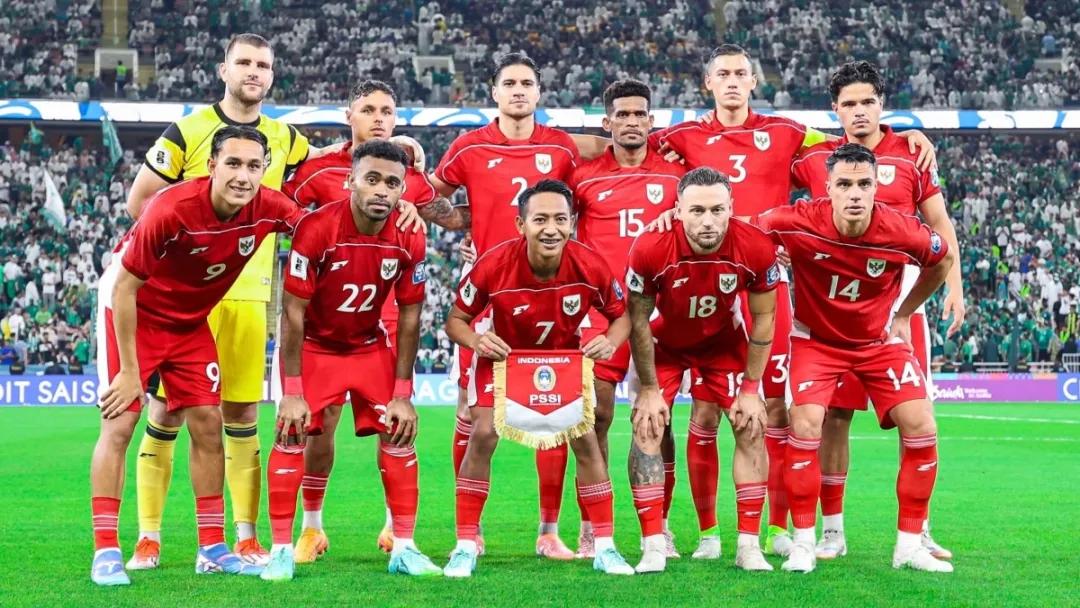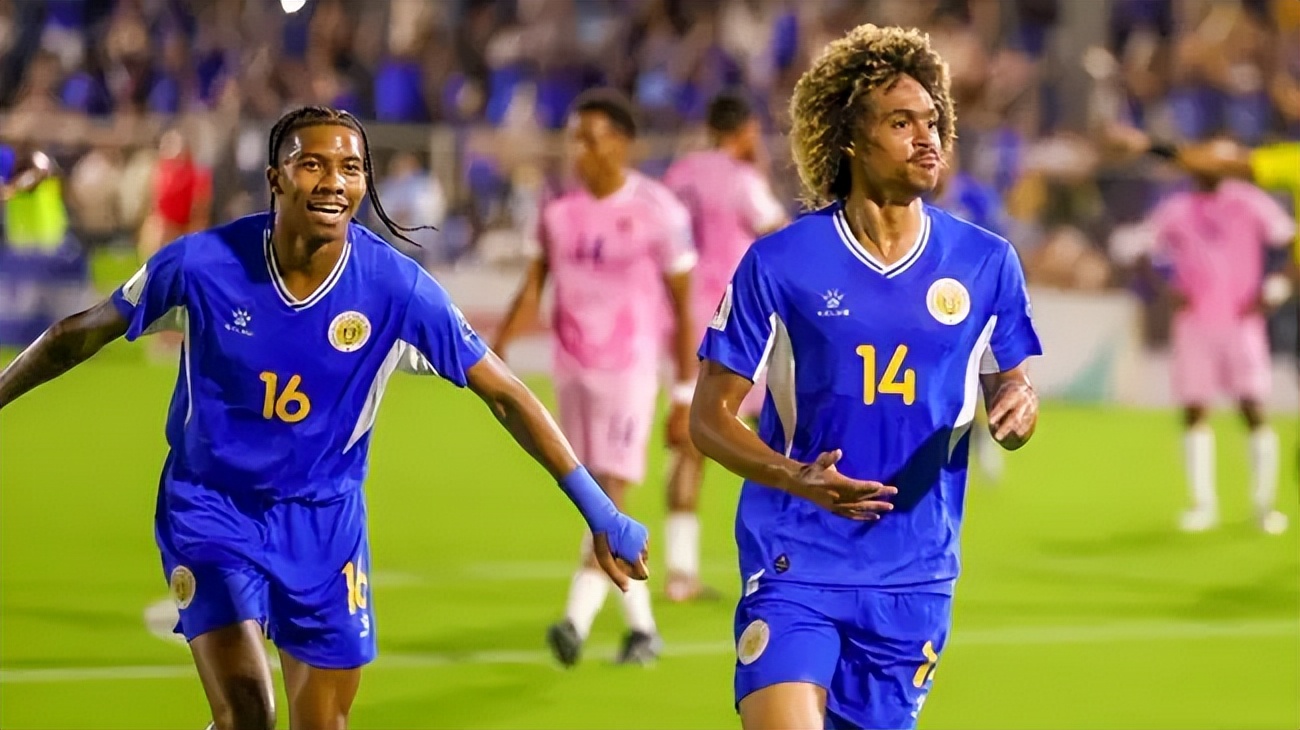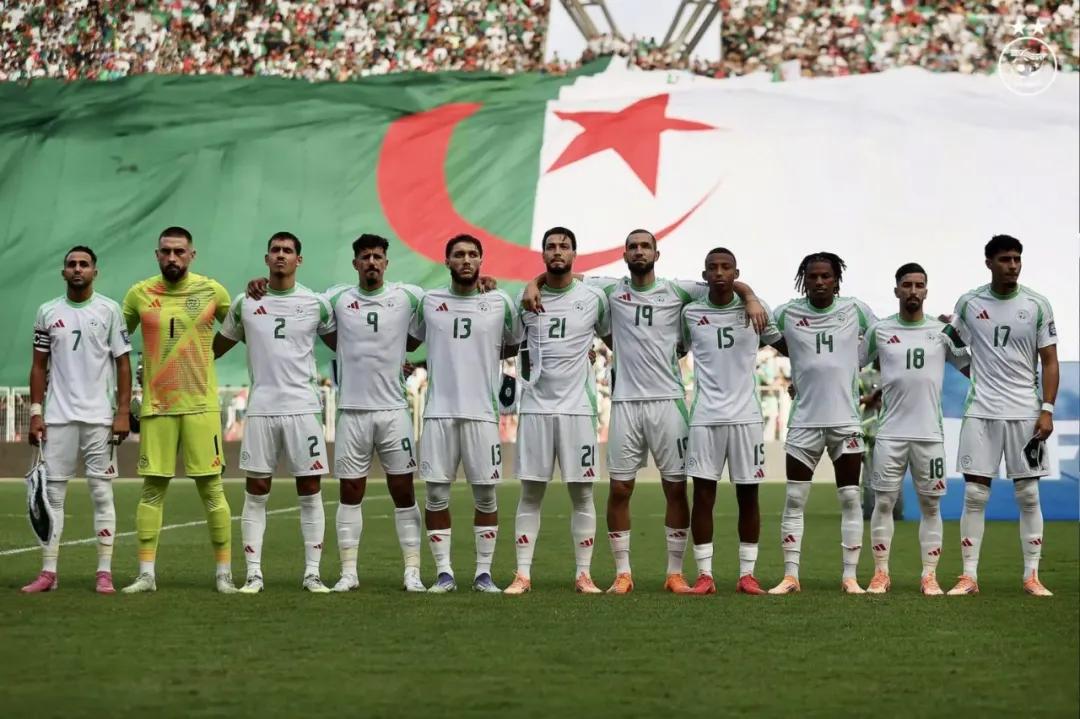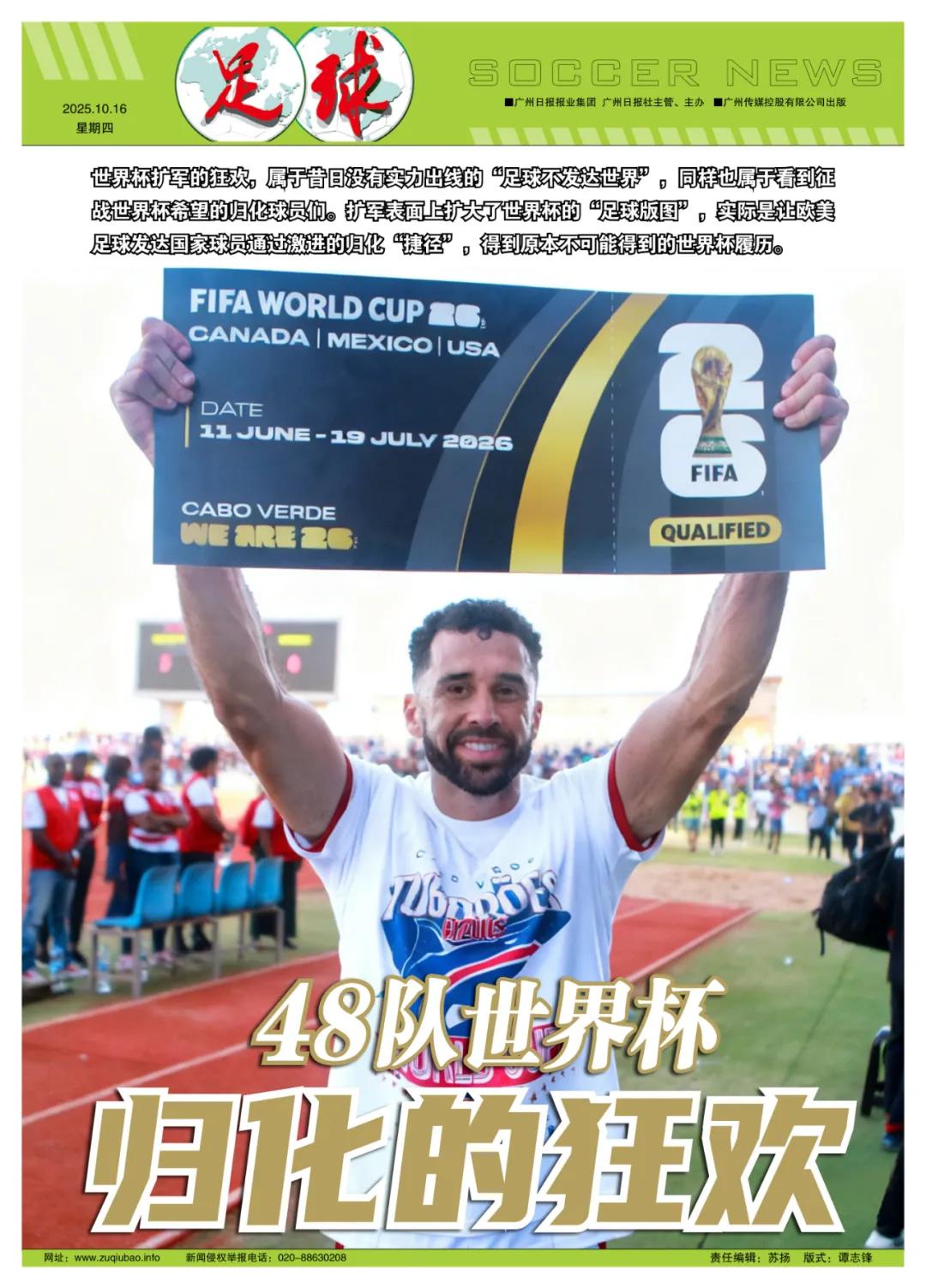Who truly benefits from the wave of naturalization in the expanded 48-team World Cup?

By Han Bing Cape Verde made a historic World Cup debut, yet the expected national holiday after qualification was not realized — the day after the tournament, all 25 national team members had to depart, including 14 naturalized players born abroad.
The jubilation over the World Cup expansion belongs to the “football underdeveloped world” that once lacked the ability to qualify, and also to naturalized players who see hope in competing at the World Cup. While the expansion outwardly enlarges football’s global footprint, it effectively allows players from developed European and American football nations to gain World Cup experience through aggressive naturalization shortcuts that would otherwise be unattainable. This is a victory for the “underdeveloped” football nations and a celebration for second- and third-tier players from football powerhouses.


International football has always involved talent exchange across associations, but never before with such geographic scope, volume of players, and intensity of competition. Traditionally, football talent flowed from former colonies and territories into the more developed football industries of colonial powers like France, Portugal, the Netherlands, Spain, and Belgium, or entered Europe through global migration waves. However, due to World Cup expansion, the flow of football talent between Europe and South America now runs counter to international geopolitical and economic trends. Former talent-importing countries have become exporters, as developed football nations “give back” by increasing former colonies’ chances of qualifying for the World Cup.
More and more “small football nations” are fiercely competing in the tide of mass naturalization. According to analysis by the American digital media VOX, only 6.2% of players in the 1990 World Cup were born outside the countries they represented. By the 2022 World Cup, this figure surged to 16.5%, and it is expected to rise significantly again in 2026. All 28 qualified associations in the World Cup have players born overseas or who are descendants of immigrants, with nearly one-third having over 10 naturalized players. Cape Verde is the latest beneficiary of this “mass naturalization” strategy, alongside associations like Iraq, the UAE, Indonesia, Suriname, and Curaçao.


The cross-border movement of football talent through mass naturalization creates unprecedented opportunities but also profound imbalances. Currently, naturalization in world football generally falls into three categories: first, traditional football powerhouses strengthening their national teams with talent from former colonies and modern immigrants, typified by France, the Netherlands, and Belgium; second, strong teams filling specific positional gaps with foreign talent, as seen in Spain, Italy, and Germany; third, “football underdeveloped countries” like Algeria, Cape Verde, UAE, and Indonesia, which rapidly enhance their strength through mass naturalization, greatly boosting their chances of World Cup qualification.
Although Cape Verde’s coach strictly requires players to speak only the local Creole in the locker room to emphasize cultural belonging, this contrasts sharply with the loss of native football and cultural identity after naturalizing large numbers of players trained in Portuguese and Dutch football systems.

The intensifying wave of naturalization is rapidly turning national team football from a natural ethnic-national sporting contest into a more utilitarian pursuit. Regarding the huge commercial returns brought by World Cup participation, associations aggressively pushing mass naturalization form a “mutual pursuit” with naturalized players eager to benefit from the expanded tournament.
Player quantity and ability are replacing blood ties and cultural identity as the primary criteria for naturalization. Cape Verde naturalized nine players within two years, including their key contributor Livramento; Indonesia naturalized 16 players in the past 18 months; and Curaçao in North and Central America naturalized 11 players in just nine months this year. At the extreme end, the UAE, which mainly promotes non-heritage naturalization, has naturalized at least 20 players recently from Brazil, Argentina, Portugal, Croatia, France, Ghana, and other countries.


Mass naturalization can rapidly boost a national team’s strength but also sparks major controversy. The central question is: who truly benefits from the naturalization wave triggered by World Cup expansion? Does qualifying through mass naturalization genuinely bring qualitative improvements to local youth development and domestic leagues?
In the 48-team World Cup, we see more players trained in countries like the Netherlands, France, and Portugal representing different nations. While mass naturalization may help small football nations improve competitiveness in the short term, in the long run, football powerhouses may reap greater rewards. After all, most naturalized players still compete in advanced European and American leagues, making it difficult for their adopted countries’ domestic leagues and youth systems to gain direct influence.

To maintain competitiveness brought by naturalized players, many associations are likely to develop a “reliance on naturalization,” which in turn limits opportunities for local youth players to grow. Algeria, which returned to the World Cup in 2010 after 24 years by heavily naturalizing players, is a typical example. Fifteen years later, Algeria’s current qualifying squad still includes as many as 18 players born in Europe, with all six newcomers under 23 being naturalized players.
Balancing the short-term benefits of mass naturalization with its long-term impact will likely remain a strategic challenge for national football associations for a long time to come.



Wonderfulshortvideo
User PlaymakerHub has posted a video.








 Links
Links
 Contact
Contact
 App
App


